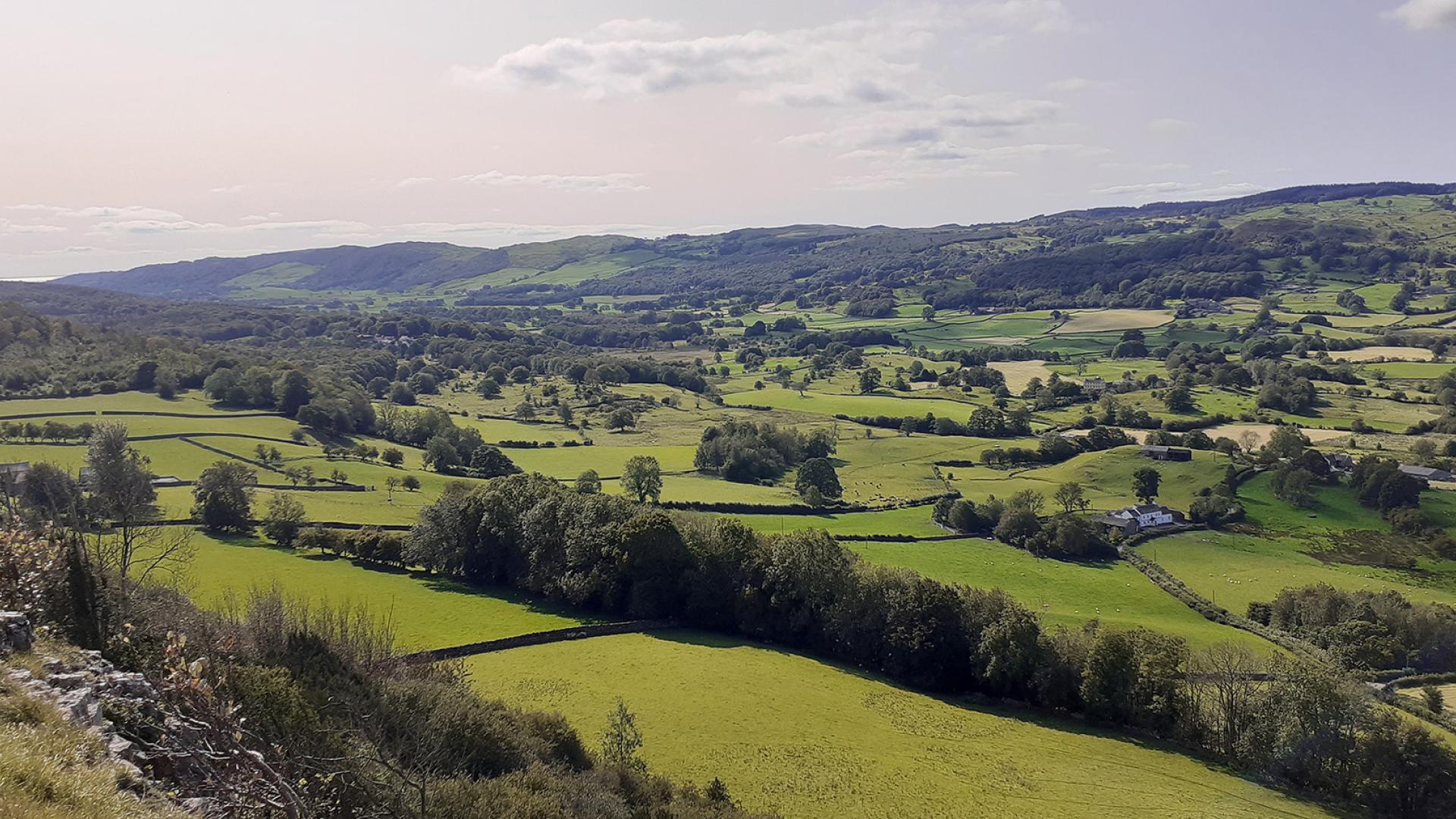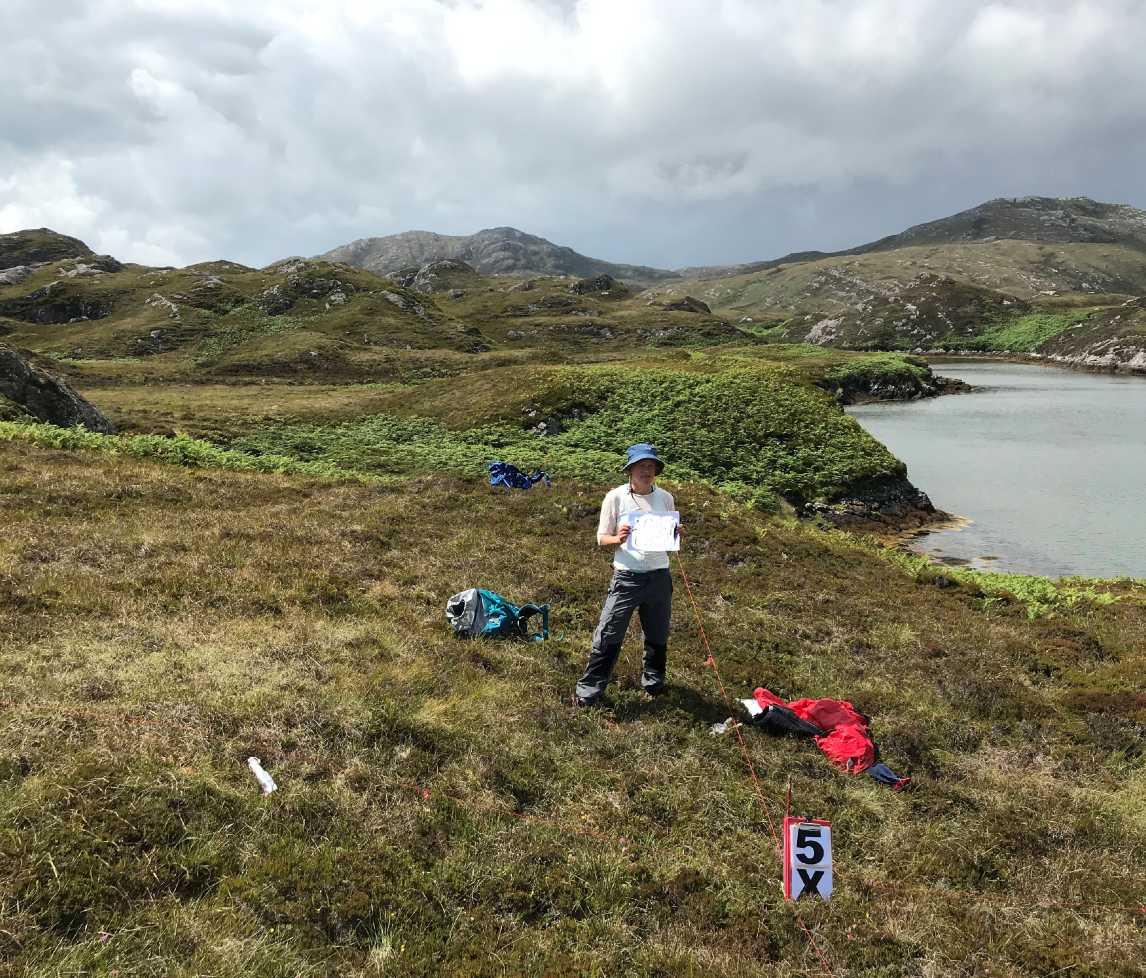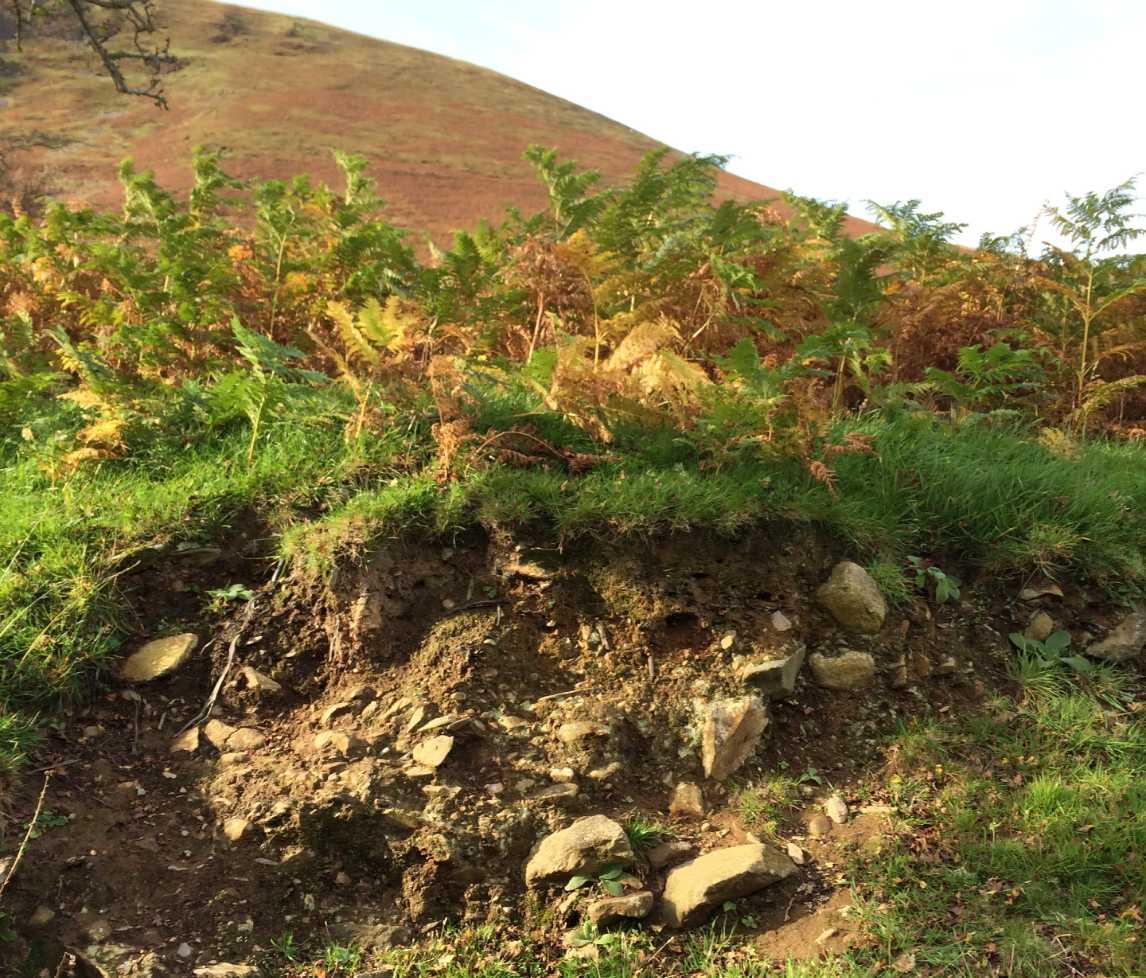Science challenge
To understand how the plant-soil-system responds to climate, land use change and other drivers at a national scale requires repeated, long-term co-located measurements of vegetation and soils in the wider countryside. UKCEH Countryside Survey is unique in surveying a representative sample of locations repeatedly across Great Britain, allowing us to determine both the current status of habitats and soils and how they are changing over time.
Project summary
The UKCEH Countryside Survey is a globally unique audit of the soil and vegetation of Britain. It began in 1978 with further surveys in 1990, 1998 and 2007. Since 2019 the monitoring has transformed into a NERC funded research platform based on an annual rolling programme to measure soils and vegetation that will repeat approximately every five years. This makes the programme more resilient to annual weather events such as flood and drought. Soil and plant species composition are recorded in five randomly located quadrats (recording plots) within a sample of 1km squares scattered across England, Wales and Scotland. These squares are stratified by Land Classes that divide up the land surface of Britain into areas with similar climate, geology and soils. The UKCEH Countryside Survey provides vital ground-truthing data for earth observations and is the only source of national data on changes in soil condition since 2007.


